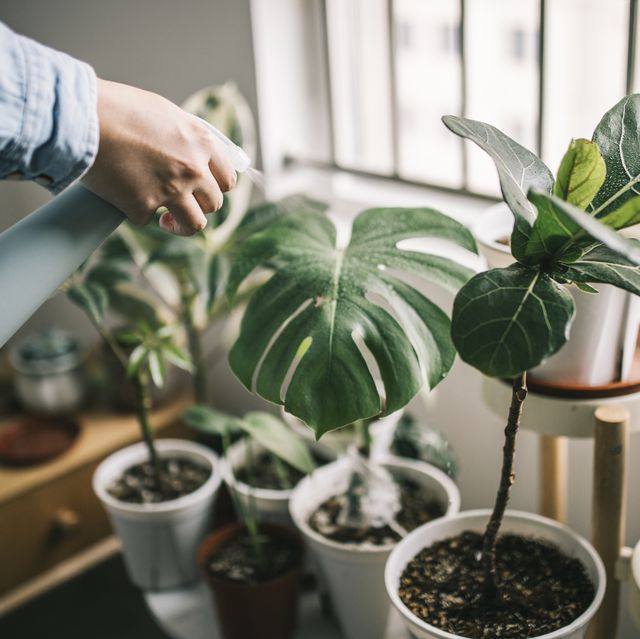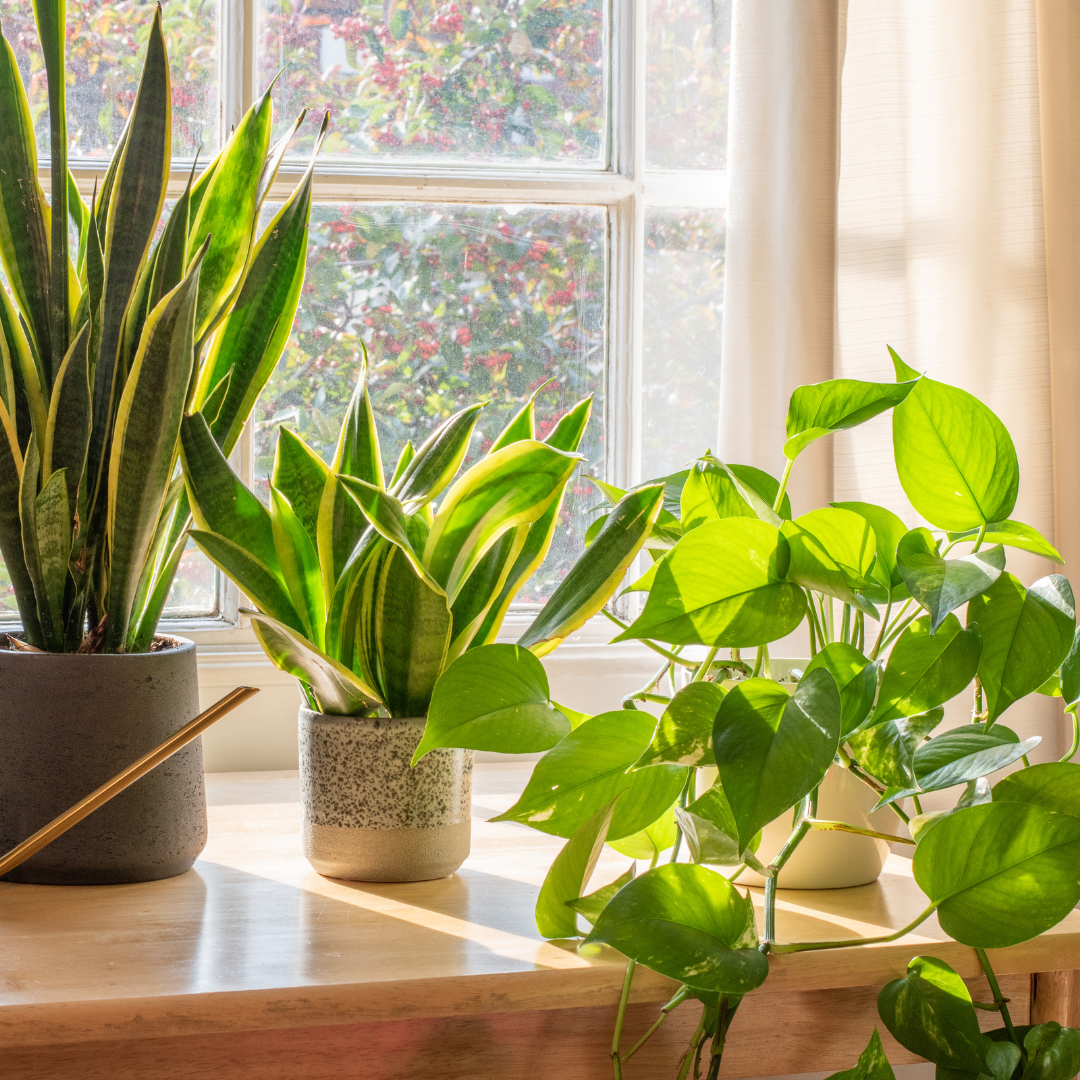The Best Low-Light Indoor Plants You Can Grow Without Natural Light
The Best Low-Light Indoor Plants You Can Grow Without Natural Light
Blog Article
Discover the Distinct Benefits of Low-Light Indoor Plants for Your Living Area
Integrating low-light interior plants into your living area offers a plethora of advantages that prolong much past simple looks. These hardy plants not only flourish in settings with restricted sunlight however also serve vital features such as air filtration and moisture improvement.
Air Filtration Benefits
Low-light interior plants not only enhance the aesthetic allure of living areas however additionally play a significant role in air purification. Research study has actually shown that specific plant varieties can properly remove common indoor pollutants, consisting of benzene, formaldehyde, and trichloroethylene. These substances frequently originate from family things such as furnishings, cleansing items, and structure products, adding to indoor air high quality concerns.
Plants such as the snake plant, pothos, and tranquility lily are specifically skilled at filtering system harmful substances from the air while flourishing in low-light conditions. The process of phytoremediation, wherein plants take in and metabolize contaminants, allows these varieties to contribute dramatically to a healthier indoor atmosphere. In addition, through photosynthesis, plants launch oxygen, further boosting air top quality.
Incorporating low-light interior plants right into office or home spaces not just offers aesthetic benefits however additionally offers as a useful technique for enhancing air high quality. By choosing the right types, people can produce an atmosphere that promotes well-being and decreases exposure to dangerous contaminants, making these plants a vital aspect in modern-day indoor living.

State Of Mind Improvement Impacts
Numerous researches have revealed that including interior plants can considerably enhance mood and overall mental health. The existence of plant in interior environments has been linked to lowered stress levels, enhanced sensations of peace, and enhanced emotional health. Low-light indoor plants, specifically, flourish in environments where natural light is limited, making them best for various living spaces.
Study suggests that interacting with plants can promote the launch of serotonin, a natural chemical related to sensations of happiness and well-being. Additionally, the act of caring for plants cultivates a sense of duty and achievement, additional adding to favorable psychological health and wellness results. In addition, low-light plants such as serpent plants, pothos, and tranquility lilies have actually been shown to improve air top quality, which is inherently connected to state of mind improvement.
Integrating these plants into your office or home can develop a peaceful ambience, using a visual and sensory escape from the pressure of every day life - Best low-light indoor plants. As people invest raising quantities of time indoors, the mood-enhancing effects of low-light indoor plants end up being much more essential, providing not just visual appeal however additionally a profound effect on emotional health
Reduced Maintenance Demands
For those looking for to improve their indoor spaces without a significant time commitment, low-light indoor plants are an excellent selection due to their low maintenance requirements. These resilient plants flourish in less-than-ideal lights conditions, making them perfect for offices and homes where natural sunshine is restricted.
:max_bytes(150000):strip_icc()/low-light-conditions-houseplants-1902917-834ee8847a324939b796845a6bc22d36.png)
Pest resistance is one more benefit of low-light interior plants. Many varieties are less susceptible to usual parasites, minimizing my link the demand for constant tracking and treatment. These plants typically expand extra slowly than their high-light counterparts, suggesting much less regular repotting and trimming are needed.
Visual Appeal and Flexibility

Furthermore, these plants can be set up in myriad ways, whether in teams for a rich effect or as standalone features to draw the eye. The choices of planter designs-- from smooth ceramic pots to rustic wooden containers-- better boost their aesthetic value, allowing house owners to express their personal style.
Additionally, low-light plants can be purposefully put in areas that may or else feel overlooked, such as edges or dimly lit racks, thereby maximizing their attractive potential. Ultimately, the combination of their striking appearance and flexibility makes low-light indoor plants a valuable enhancement to any type of space, developing an inviting environment that advertises wellness and leisure.
Boosted Humidity Levels
Enhancing indoor humidity degrees is among the significant advantages of incorporating low-light indoor plants into living spaces. These plants normally launch wetness vapor via a procedure known as transpiration, which occurs when water taken in by the origins moves through the plant and evaporates from the fallen leaves. This process not just boosts moisture however also adds to a healthier interior atmosphere.
Enhanced moisture levels can alleviate different health and wellness issues, such as completely dry skin, respiratory troubles, and allergies. Numerous individuals experience pain in arid indoor conditions, particularly during winter season when home heating systems are in use. By tactically positioning low-light plants throughout your home, you can develop a much more well balanced moisture degree that fosters general well-being.
Moreover, certain low-light indoor plants, like tranquility lilies and spider plants, are specifically reliable at increasing moisture (Best low-light indoor plants). Thus, low-light interior plants offer both visual and useful objectives, promoting a healthier ambience.
Conclusion
In recap, low-light interior plants use various benefits that add to a healthier and extra welcoming living room. a fantastic read Incorporating these resilient plants right into indoor setups not just elevates the ambiance yet likewise advertises overall wellness, establishing a peaceful shelter for citizens.
Plants such as the serpent plant, pothos, and peace lily are specifically skilled at filtering damaging substances from the air while thriving in low-light conditions. Low-light plants such as serpent plants, pothos, and peace lilies have actually been revealed to boost air top quality, which is fundamentally connected to state of mind enhancement.
Low-light interior plants, such as serpent plants, pothos, and ZZ plants, not just improve the visual landscape of a room but additionally present numerous appearances and tones of eco-friendly that can complement diverse interior styles. These plants naturally launch wetness vapor through a procedure recognized as transpiration, which takes place when water soaked up by the origins relocates via the plant and evaporates from the fallen leaves.Furthermore, specific low-light indoor plants, like peace lilies and crawler plants, are particularly efficient at boosting humidity.
Report this page